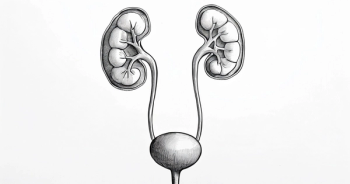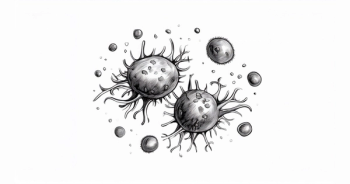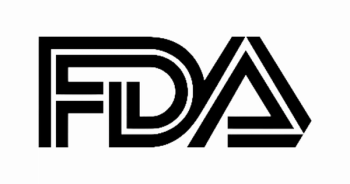
First Flow Cytometry-Based Diagnostic Approved by FDA for Blood Cancer Detection
ClearLLab multicolor reagents (T1, T2, B1, B2, M) has been approved by the FDA for the detection of chronic leukemia, acute leukemia, non-Hodgkin lymphoma, multiple myeloma, myelodysplastic syndrome, and myeloproliferative neoplasms.
Alberto Gutierrez, PhD
ClearLLab multicolor reagents (T1, T2, B1, B2, M) has been approved by the FDA for the detection of chronic leukemia, acute leukemia, non-Hodgkin lymphoma, multiple myeloma, myelodysplastic syndrome (MDS), and myeloproliferative neoplasms (MPN). The approval represents the first from the agency for immunophenotyping on a flow cytometer.
The approval was based on the effectiveness of the screening panel compared with alternative methods for the detection of leukemias and lymphomas in 279 samples at 4 independent clinical sites. Overall, findings from the ClearLLab reagents aligned with standard methods in 93.4% of the samples. Additionally, the diagnostic correctly detected cancer in 84.2% of samples.
“This represents a major step forward for the hematology-oncology community,” Alberto Gutierrez, PhD, director of the Office of In Vitro Diagnostics and Radiological Health in the FDA’s Center for Devices and Radiological Health, said in a statement. “Laboratories and healthcare professionals now have access to an FDA-validated test that provides consistent results to aid in the diagnoses of these serious cancers.”
The reagents can be used on peripheral whole blood, bone marrow, and lymph node specimens. Each of the ClearLLab reagents (T1, T2, B1, B2, M) is specific to CD45, which is expressed on a variety of leukocyte populations. This marker is used as a gating agent for the tests, to correlate results. CD45 is expressed on hematopoietic cells but not differentiated nonhematopoietic tissue.
In addition to CD45, the tests provide qualitative results for several other factors associated with hematologic malignancies. The T1 reagents illuminate CD2, CD56, CD7, and CD5. T2 is specific to CD8, CD4, and CD3. The B1 test detects Kappa, Lambda, CD19, and CD5 while B2 is specific to CD20, CD10, CD19, and CD38. The M test detects CD7, CD13, CD34, and CD33.
The antigens illuminated by the T1 and T2 reagents are found on a T and natural killer (NK) cell populations. These reagents can be used along with clinical parameters for the detection of T-cell lymphoblastic leukemia/lymphoma. The B1 and B2 reagents, which detect a variety of B cell specific antigens, have shown promise at uncovering B-cell lymphoblastic leukemia/lymphoma. These B cell surface antigens, along with Kappa and Lambda, typically express starting with CD19 followed by CD20. The M reagent is geared primarily toward myeloid cells, and can effectively be used to uncover acute myeloid leukemia.
Across the study that was instrumental in the approval, the multicolor reagents passed all equivalency tests compared with single color conjugate reagents. The mean difference between the multi- and single-color tests ranged from -1.1 to 0.6. The precision varied for each positive antigen detected.
In the T1/T2 groups, the lowest coefficients of variation (CV) for repeatability were seen for CD2+ and CD3+ cells (0.76% and 0.79%, respectively). The CV was 3.32% for CD56+ cells and 1.22% and 1.89% for both CD3+/CD4+ and CD3+/CD8+ cells, respectively.









































